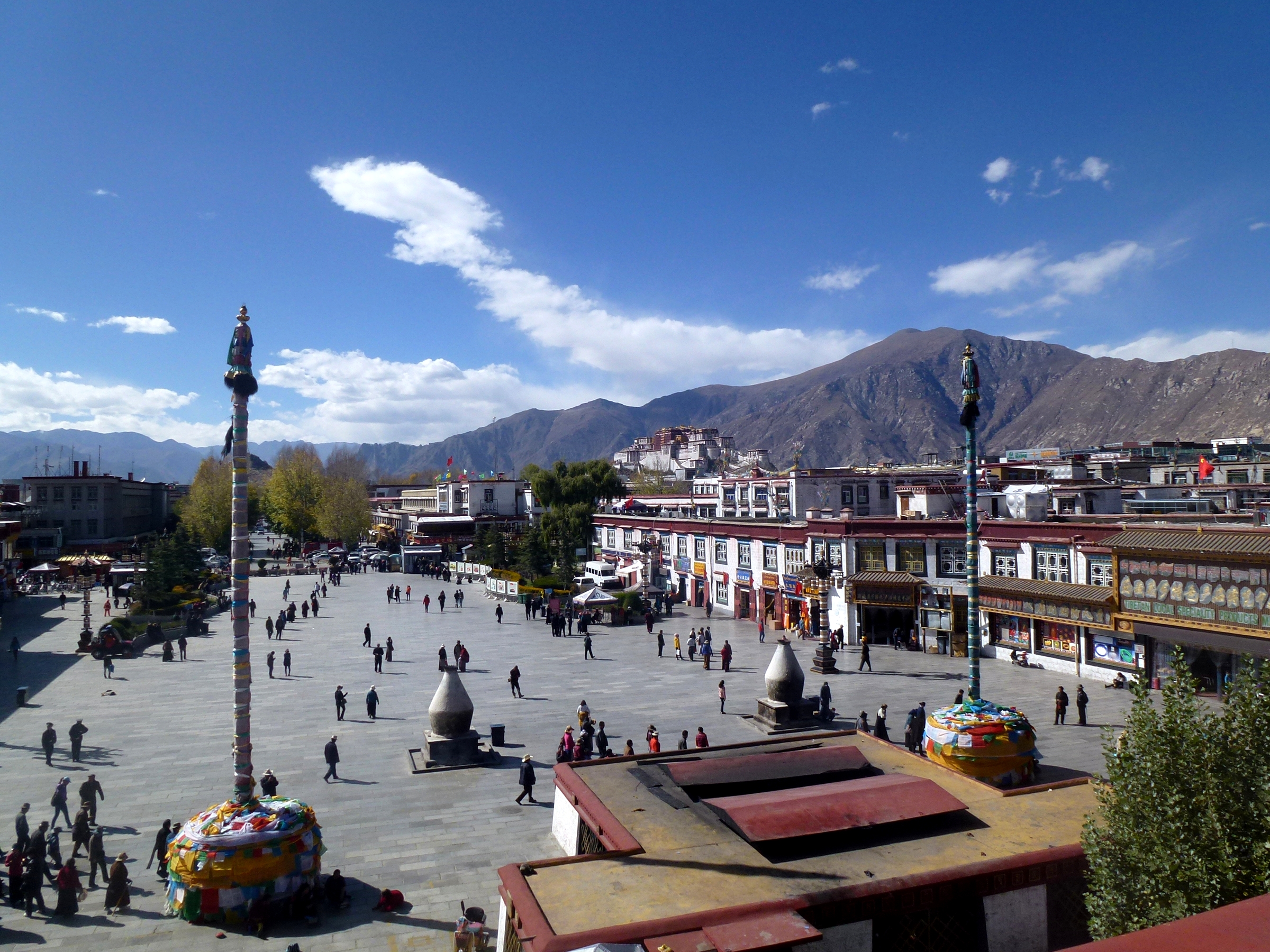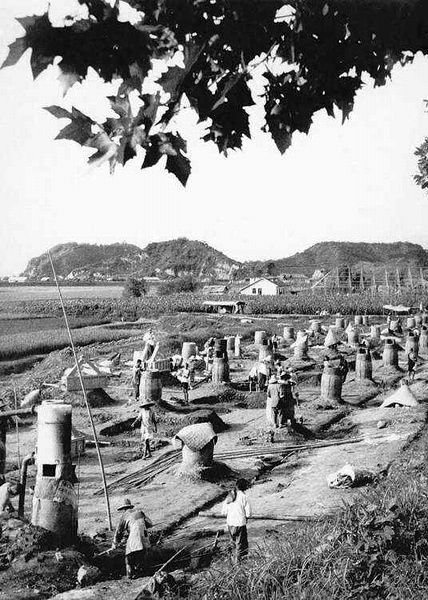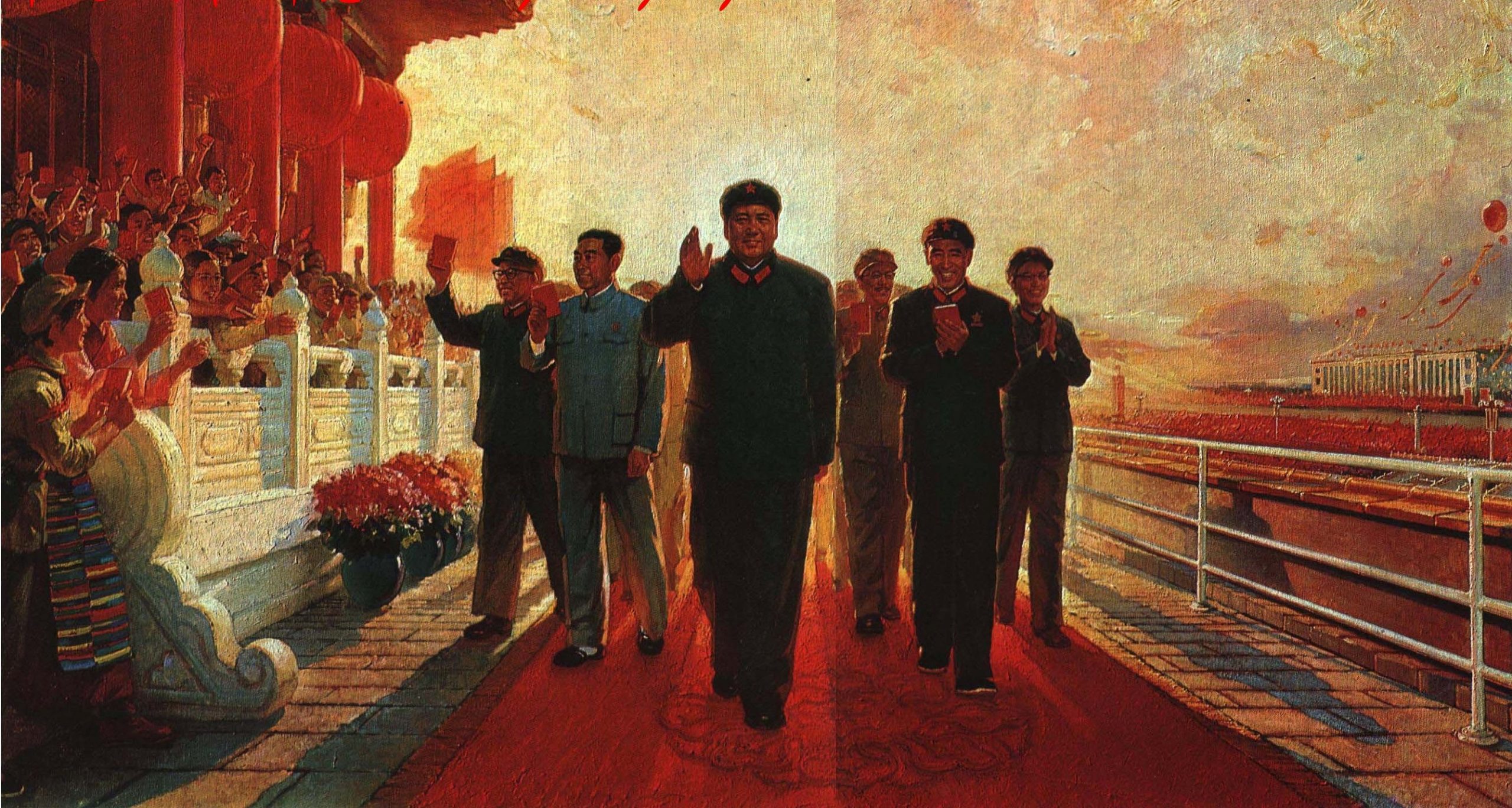19.4: China
- Page ID
- 138478
\( \newcommand{\vecs}[1]{\overset { \scriptstyle \rightharpoonup} {\mathbf{#1}} } \)
\( \newcommand{\vecd}[1]{\overset{-\!-\!\rightharpoonup}{\vphantom{a}\smash {#1}}} \)
\( \newcommand{\id}{\mathrm{id}}\) \( \newcommand{\Span}{\mathrm{span}}\)
( \newcommand{\kernel}{\mathrm{null}\,}\) \( \newcommand{\range}{\mathrm{range}\,}\)
\( \newcommand{\RealPart}{\mathrm{Re}}\) \( \newcommand{\ImaginaryPart}{\mathrm{Im}}\)
\( \newcommand{\Argument}{\mathrm{Arg}}\) \( \newcommand{\norm}[1]{\| #1 \|}\)
\( \newcommand{\inner}[2]{\langle #1, #2 \rangle}\)
\( \newcommand{\Span}{\mathrm{span}}\)
\( \newcommand{\id}{\mathrm{id}}\)
\( \newcommand{\Span}{\mathrm{span}}\)
\( \newcommand{\kernel}{\mathrm{null}\,}\)
\( \newcommand{\range}{\mathrm{range}\,}\)
\( \newcommand{\RealPart}{\mathrm{Re}}\)
\( \newcommand{\ImaginaryPart}{\mathrm{Im}}\)
\( \newcommand{\Argument}{\mathrm{Arg}}\)
\( \newcommand{\norm}[1]{\| #1 \|}\)
\( \newcommand{\inner}[2]{\langle #1, #2 \rangle}\)
\( \newcommand{\Span}{\mathrm{span}}\) \( \newcommand{\AA}{\unicode[.8,0]{x212B}}\)
\( \newcommand{\vectorA}[1]{\vec{#1}} % arrow\)
\( \newcommand{\vectorAt}[1]{\vec{\text{#1}}} % arrow\)
\( \newcommand{\vectorB}[1]{\overset { \scriptstyle \rightharpoonup} {\mathbf{#1}} } \)
\( \newcommand{\vectorC}[1]{\textbf{#1}} \)
\( \newcommand{\vectorD}[1]{\overrightarrow{#1}} \)
\( \newcommand{\vectorDt}[1]{\overrightarrow{\text{#1}}} \)
\( \newcommand{\vectE}[1]{\overset{-\!-\!\rightharpoonup}{\vphantom{a}\smash{\mathbf {#1}}}} \)
\( \newcommand{\vecs}[1]{\overset { \scriptstyle \rightharpoonup} {\mathbf{#1}} } \)
\( \newcommand{\vecd}[1]{\overset{-\!-\!\rightharpoonup}{\vphantom{a}\smash {#1}}} \)

Japan
Although the U.S.S.R. had helped end the Pacific War by invading Manchuria in August 1945, the subsequent reconstruction of Japan was strictly a U.S. affair. By the time the military occupation ended in 1955, Japan was ruled by a democratically-elected parliamentary monarchy under Emperor Hirohito. The U.S. guaranteed Japan’s security through a treaty and a military base in Okinawa. Plus, they were provided financial assistance and preferential access to U.S. markets to rebuild their economy. This action was partly an attempt to counter the perceived communist threat in Asia. As the decades passed, Japan developed a highly successful public-private economic model, ultimately producing electronics and automobiles that would dominate their sectors worldwide.
China
After World War II, the Nationalists and Communists restarted their civil war, which had been interrupted in 1937 by the Japanese invasion. Mao’s armies were victorious over the Nationalists led by Chiang Kai-Shek. Indeed, entire divisions of the Nationalist army went over to the Communists. Chiang fled to the island of Taiwan, which had been relinquished to China after being a part of the Japanese Empire for fifty years. There, the Kuomintang continued the Republic of China, which was formally recognized as “China” by the United Nations until the 1970s. Cold War politics was the reason for this diplomatic decision. Even after the UN stopped recognizing Taiwan’s autonomy from mainland China, the United States continued to support it.
On the mainland, the People’s Republic of China was established in 1949, which led to continuing diplomatic conflict over the status of Taiwan and war on the Korean Peninsula (See the next page in this book.). An additional hotspot was Tibet. As a Himalayan region, it had historically been dominated by the Chinese Empire. Then, in the 1920s during the chaotic years of the Chinese Republic, Tibet became an independent nation run by Buddhist monks. Chinese leader Mao Zedong decided to reclaim Tibet for his new People’s Republic, and sent in troops in 1951. Today, Tenzin Gyatso, the Dalai Lama, is the exiled spiritual leader of Tibet, and the “Free Tibet” movement is very active around the world.

Returning to the People's Republic of China... Internally, Mao’s own totalitarian style had disastrous consequences for the Chinese. The communists had already begun land reform around 1946 in the parts of China they controlled, well before their final victory. This policy had gained widespread support among the vast peasant population. With the nationalists out of the way, Mao’s policy became more aggressive. He called for the elimination of the landlord class of peasants and redistribution of the land more evenly. Class-motivated mass killings of landlords continued for the next 30 years and estimates of the death tolls range from 14 million to 28 million.

The purge of landlords was followed by the Great Leap Forward, an economic and social plan from 1958 to 1962 that collectivized agriculture and promoted industry. Mao set up 25,000 “people’s communes” of 5,000 families each. These communes would be responsible for feeding themselves and their fellow Chinese citizens, and providing surpluses to export. Mao insisted on keeping grain exports high in spite of poor harvests. The famine that resulted, known as the Great Chinese Famine, killed 55 million people, including those individuals that were murdered or committed suicide.
The Great Chinese Famine caused some prominent communist party members to question Mao’s leadership. However, he maintained support in the army and blamed the famine on a lack of socialist commitment among the Chinese. In 1966, Mao initiated his Great Proletarian Cultural Revolution, leading the military to recruit young people to reinforce Maoist ideology and purge remnants of capitalist and traditional elements from Chinese society. Schools and universities were closed, and Red Guard troops were encouraged to harass intellectuals. Educated people were often terrorized, and banished to the countryside to be “reeducated” by the peasants. The death toll of the cultural revolution is debated, but estimates range from 3 to 10 million. This 'revolution' delayed Chinese industrialization and modernization, and a generation of Chinese was deprived of an education.


